In this edition of Sliced 3D printing news, we feature: CELLINK, Prusa Research, TriDInnov, FIT AG, Collider, SCG, Impossible Objects, UC Berkeley and a 3D printed surfboard.
3D bioprinting company CELLINK opens new MA office
Expanding on existing facilities in the U.S., CELLINK has opened a new office in Cambridge, MA. The company has another office in Blacksburg, VA, set up with the hope of adding new talent to join in the development of materials, applications and processes. Placed between the research excellence of both Harvard University and MIT, the Cambridge location holds great potential for the company’s growth.

Prusa multi material kit begins shipping preorders
Josef Průša, co-founder of RepRap 3D printers Prusa Research, has announced an update for the multimaterial upgrade to the company’s 3D printers. Development of the ability to 3D print in multiple materials and colors on the Prusa i3 was initially released in September 2016. Since then the Prusa team have been working on ironing out the cracks in the process before delivery to customers.
In the latest update, Josef Průša has confirmed the company is now getting ready to ship the multimaterial upgrade to its preorder customers. He also explains that new orders of the quad version (4 material, also available as 2) have now been bumped up to $299 USD due to the extra cost of improved parts.
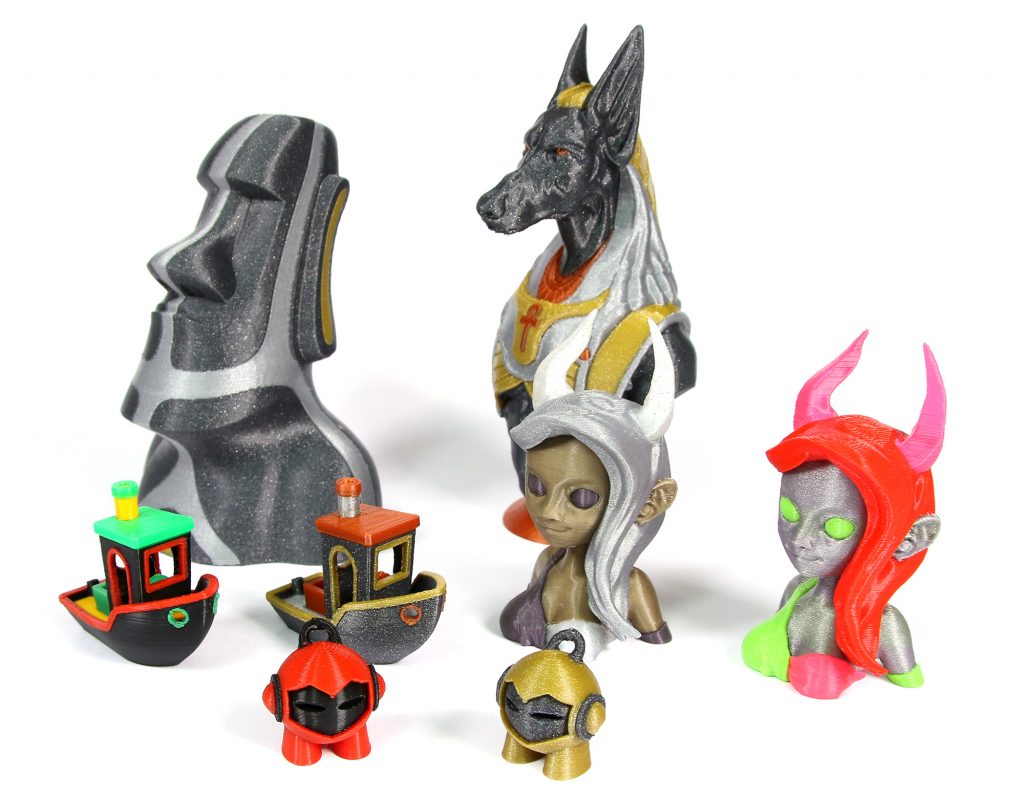
FIT opens Romanian subsidiary
Additive manufacturing group FIT AG, that also recently opened a €20 million headquarters in Germany, has established a software subsidiary in Romania. Dr. Andreas Ziegler, Head of Research and Development at FIT AG, comments,
Thanks to our new Romanian subsidiary, we will accelerate our software development process by more than 300%. A strategic advantage of being located in the university town of Brasov is, we have access to many highly skilled software engineers.
To this Carl Fruth, Founder and CEO of the company, adds,
As a lesser known international company, our strategy was to choose a prestigious office location in Brasov to attract top talent. This is the beginning of our long-term commitment to Romania. We are delighted to welcome Ovidiu Lupu to our team, who has proven to be a highly experienced software development manager.
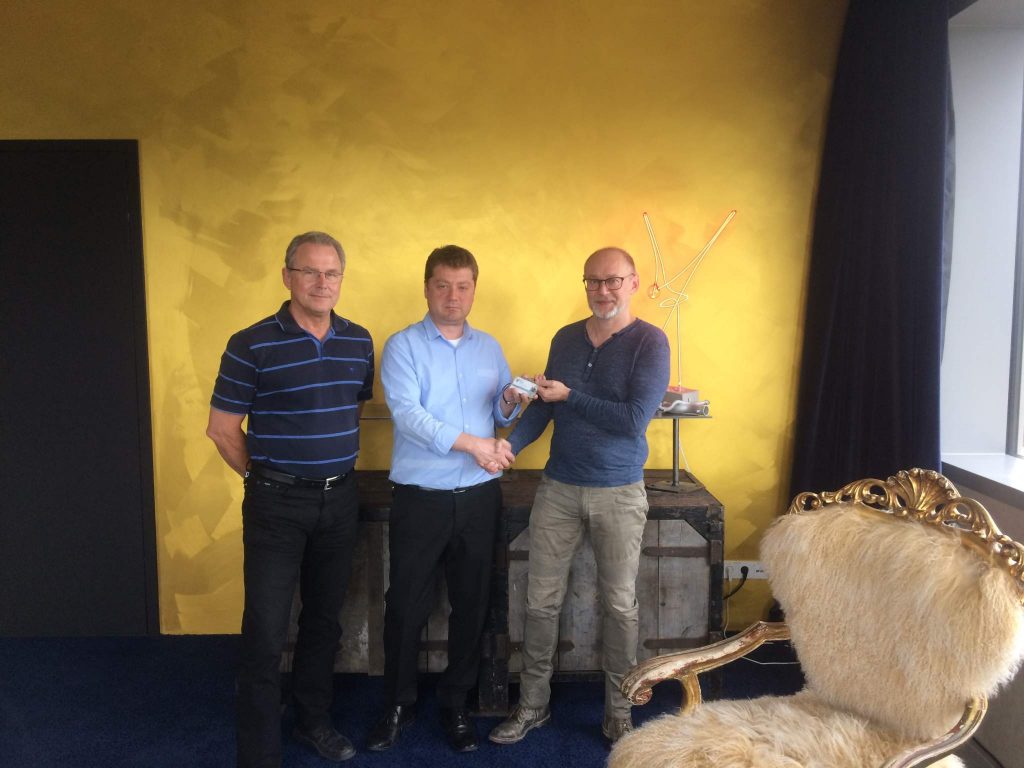
French startup TriDInnov introduces additive electronics process at IDTechEx
At the European consumer electronics IDTechEx show 2017, French startup company TriDInnov showcased technology for printing electronics onto 3D structures. TriDInnov chairman Jacques Henrion explains the tech in a video clip taken by consumer electronics show vlogger c on YouTube.
In the video Henrion shows a range of materials the company has applied its additive Eoprom technique to, including curved 3D printed plates and flexible plastics.
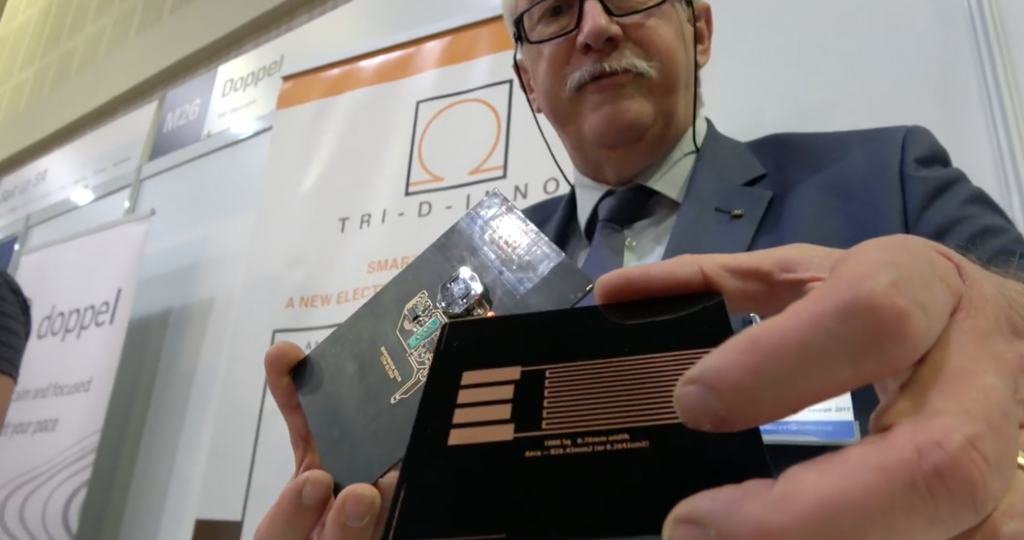
A new machine combing 3D printing with injection molding
Growing Chattanooga-based tech company Collider has released information about its forthcoming Orchid machine that combines 3D printing with injection molding.
In a teaser video from the company, the Orchid is shown DLP 3D printing a clear mold for a component. This mold is then injected with a mix of metal and liquid binders and left to solidify. In the next step the object is immersed in a bath of warm water and the 3D printed shell removed, leaving a metal part which can be treated in a furnace.
Metal and liquid binders are injected into the mold 3D printed by the Orchid machine. Clip via Collider Tech on YouTube
The machine is currently open for preorders, with BETA machines expected to ship late 2017 and customer-ready models following in 2018.
3D printed cement gets a sculpture and functional touch in Thailand
SCG, the largest cement company in Thailand and Southeast Asia, has collaborated with two landscape designers to create sculptural and functional structures using 3D printing. The Designer Collaboration Project by SCG consists of a total of 4 different pieces:
- The “Fluctuation Of Precision” sculpture by Anon Pairot, composed of cement furniture 3D printed to appear soft.
- “DOT” and “FISH” decorated sun shelters
- And the EGGO Pavilion design by Jeravej Hongsakul
The structures are on display as part of the SCG Experience in Thailand, with the EGGO pavilion to be unveiled late 2017.
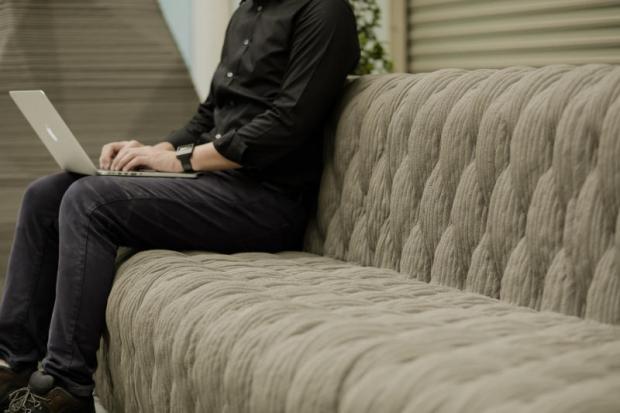
Impossible Objects win award for composite material 3D printer
Composite-based additive manufacturing (CBAM) company Impossible Objects has won RAPID + TCT’s Innovation Award for 2017 after unveiling the Model One 3D printer during the event in Pittsburgh. Chris Williams, Associate Professor of Mechanical Engineering at Virginia Tech and one of the award’s judges comments,
The judges awarded the 2017 RAPID Exhibitor Innovation Award to Impossible Objects CBAM technology as its novel layer-wise composites processing technology offered an innovative solution that could provide significant value to its customers and to the industry as a whole. The award was well-deserved given CBAM’s potential for high-speed production of high-strength composite parts with complex geometries.

Modified 3D printer creates natural sculpture for University of California’s Botanical Garden
M. Paz Gutierrez, associate professor of architecture, and graduate students at University of California Berkeley have created a natural fiber nest sculpture using modded 3D printers. The design is inspired by the home of a weaver bird, and is made using 20 pounds of 400 individually woven pieces.
Part of the process in making the nest installation. Clip via UC Berkeley on YouTube
Red Bull demos 3D printed surfboard
Professional surfer Mick Fanning can be seen riding a 3D printed surfboard in a new video clip released by Red Bull. The prototype board has been created by Red Bull with the help of service provider Proto3000. In total the board is made up of 10 separate parts and took around 100 hours to print.
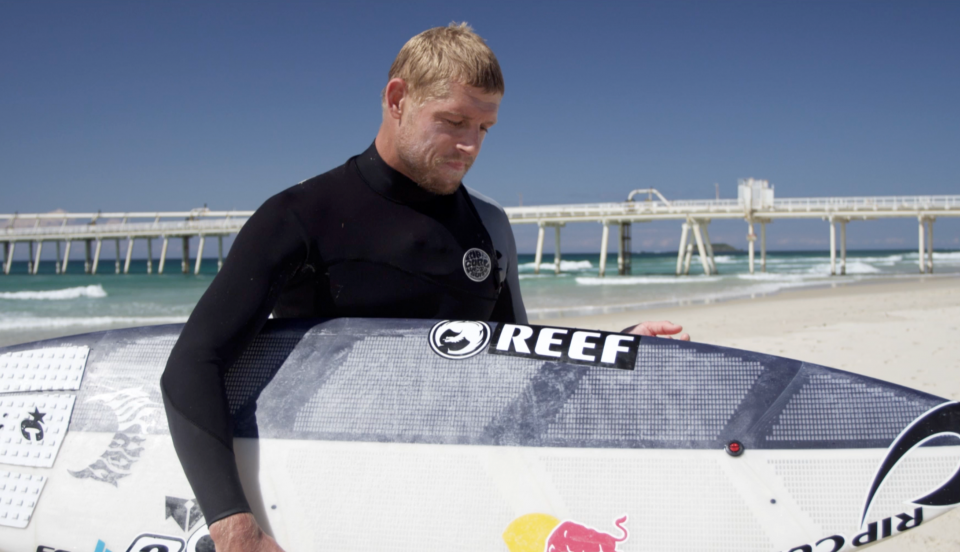
To stay up-to-date with the latest 3D printing news, subscribe to our newsletter, follow us on twitter and like us on Facebook.
Featured image shows: Sliced logo over Professional surfer Mick Fanning riding a barrel wave in 2010. In this edition of Sliced, Fanning rides a 3D printed surfboard developed by Red Bull. Original photo via buro247


